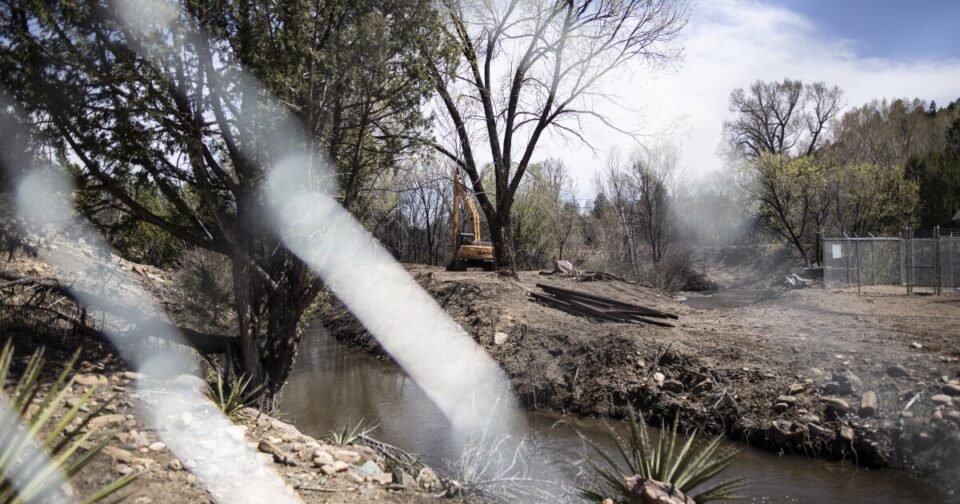In a sweeping new policy report presented to the Legislative Finance Committee Thursday, analysts say “piecemeal” funding and various local water system shortfalls need to be addressed to keep New Mexico’s aging water infrastructure healthy.
This comes as the state and tribal communities report around $5.7 billion in future water and wastewater infrastructure needs.
The report’s findings sparked heavy discussion among lawmakers sitting on the committee, including Rep. Art De La Cruz (D-Albuquerque).
“This report, while enlightening, is also frightening,” he said. “There is no more basic need than for human beings to consume water.”
Legislative cash injections are the largest funding source for the state’s water infrastructure. Though, how that money is distributed is complicating the issue.
LFC Program Evaluator Clayton Lobaugh, who oversaw the research, said lawmakers allocate capital outlay dollars through a political process.
“Funding is not fairly or systematically directed to projects based on project readiness or community need,” he said.
To fix this, Lobaugh’s team recommended lawmakers primarily funnel cash through the Water Trust Board, colonias infrastructure fund, tribal infrastructure fund, and various state revolving funds to leverage resources where they are needed the most.
With snowpack and runoff projected to decline substantially over the next 50 years, further stressing surface water and groundwater supplies, drinking water utilities will play a vital role in water management.
The report found blaring issues with their readiness.
For one, 40% of the 80 systems analyzed, which are supposed to be self-sustaining enterprises, ran at a deficit. This means they use other grants, cash balances and other revenue streams to pad out their costs. Analysts pointed to the state’s capital outlay system as contributing to artificially low rates.
The report also found a pattern of utility operators deferring repairs, not complying with audits, and not making long-term plans to maintain their infrastructure – all problems exacerbated by new federal water contaminate guidelines.
Aging infrastructure has led some systems to lose 40-70% of their treated drinking water due to breaks and leaks.
The report suggests the utilities set rates at levels that cover their operational costs. And, if they cannot, they should consider options under the state Regional Water System Resiliency Act to create associations that can collectively seek funding.
This consolidation of sorts is called “regionalization,” and could shore up labor and vastly improve the drinking water system for people in certain communities.
Committee Co-chair Rep. Nathan Small (D-Las Cruces) expressed interest in putting together a funding package that incorporates the report’s recommendations.
“We have funds to help really take a big step ahead,” Small said. “But, if we don’t fix a lot of these processes, then we’ll find ourselves back in the same situation.”
Earlier this year, Gov. Michelle Lujan Grisham released a 50-year plan outlining New Mexico’s water woes and highlighting potential policy solutions.
Come January, it is likely water infrastructure will be a top priority for the termed-out governor in her last 60-day legislative session.

